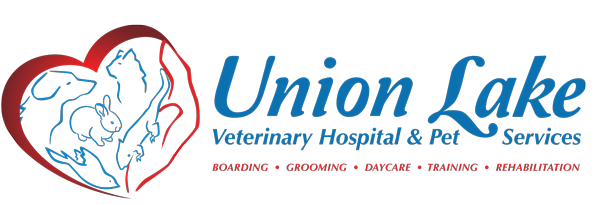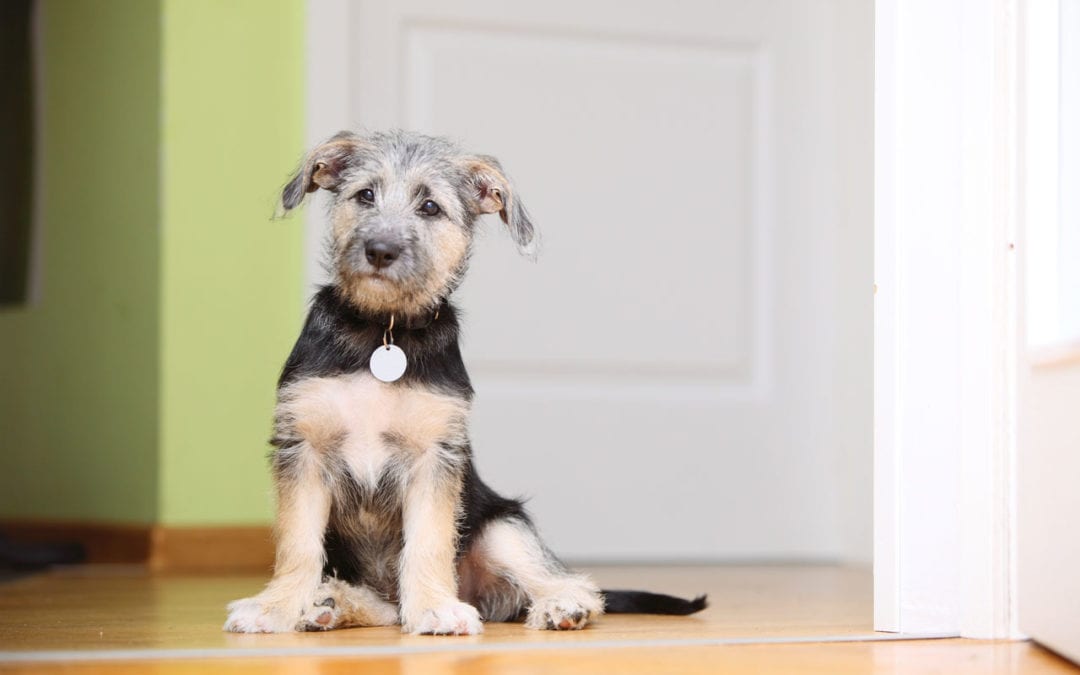Have you adopted a pet recently and are concerned because they are so shy? Do they seem anxious, or maybe not quite sure how to be a part of the family? If so, it is normal. A new adoptee may be happy and excited, but with that also come fears, anxieties, and uncertainties. In fact, most adopted pets will have issues that come with the rewards of a new home.
The team at Union Lake Pet Services thank you for adopting and are here with suggestions to ease this transition. With patience and a few simple changes, you will be able to help build confidence in your adopted pet.
Help Your Adopted Pet Build Confidence
Developing confidence and an outgoing nature in your pet helps everyone. They are less likely to display unwanted behaviors like growling and snapping. Shy pets may have a harder time adjusting to social situations which are important for well-being. To help build confidence, try these steps.
1. Allow time to adjust. The first 1-2 months after adoption is a time for your dog or cat to get used to their new home and routines. Don’t introduce many new things during this initial period until your dog acclimates.
2. Socialize your pet. After your pet has adjusted to your home, we encourage you to consider signing up dogs for classes. Training and socialization can happen at any age. Even if your dog has basic commands mastered, they may do well with a refresher course. Spend more time in public places where your pet will be exposed to new people, pets, smells, situations, etc.
If your shy pet is a cat, socialize them by introducing them (slowly) to new smells, sights, scents, etc. as well to other people and pets in your home.
3. Change your routines. A shy pet can remain shy if you aren’t giving them the chance to learn that new events aren’t scary. Change up the walking route, playtime, and other activities so that they are exposed to a variety of scenarios over time. Encourage them to explore and have fun. Keep it light, upbeat, and as stress-free as possible.
4. Take your dog somewhere. It’s natural to want to keep your shy or anxious pet at home, away from any noise or stimulation, but that’s not helpful. In fact, keeping them from any outside contact will continue their shyness and fears. Try exposing them (while supervised) to places like parks, family gatherings, etc. that will help them gain confidence.
5. Have a buddy walk. If your dog is not yet ready to go to a public place, consider a buddy walk. Two dogs walk together on leash looking forward. This is less intimidating than meeting a new dog face to face which can invoke fear. Give both dogs treats and praise.
6. Doggie playdate. Pet playdates are designed to give dogs exercise, socialization, and enrichment. Many pet parents would rather attend an event in the home with other socialized pets than go to doggie daycare or parks. Plus, you can take turns hosting with other pet parents who want to plan.
7. Learn new things together. Many shy or reluctant pets will enjoy learning something new if they are doing it with their owners. Try trick training, agility training, paw painting, a cat or dog food baking class, doga, or any other pet-oriented class.
8. Create a quiet space. If chronic chaos at the home has been the culprit of your pet’s anxiety, create a quiet “den” for them. All pets need a secure, quiet place of their own so they can develop confidence and safety. Offer up a closet, cubby, crate, closet, or room where your pet can go and relax.
9. Write a fears list. If your pet is reluctant around strangers or strange animals, note this in a pet journal. Some pets fear people, other pets, certain environments, fireworks, storms, and other triggers–but necessarily all of these. Jot everything down so that you know where your pet needs work to get more confident around these stressors.
10. Address the issue with your veterinarian. Once you get your fears list together, or if the shy behavior becomes problematic, consult your veterinarian. Your veterinarian may recommend training with a professional who understands anxious dogs (like our Quirky K9s training), behavioral modification or a behavioral consult to help with successful socialization. Choose a trainer who is credentialed and only uses force-free training. Your vet can also provide other suggestions to help your pet.
Helping to Build Confidence in Your Adopted Pet
If you have any questions about socialization or training, we are here to help! We would love to meet your newly adopted pet and help them gain confidence for a happy, healthy, well-rounded life. Please call the ULPS team.

